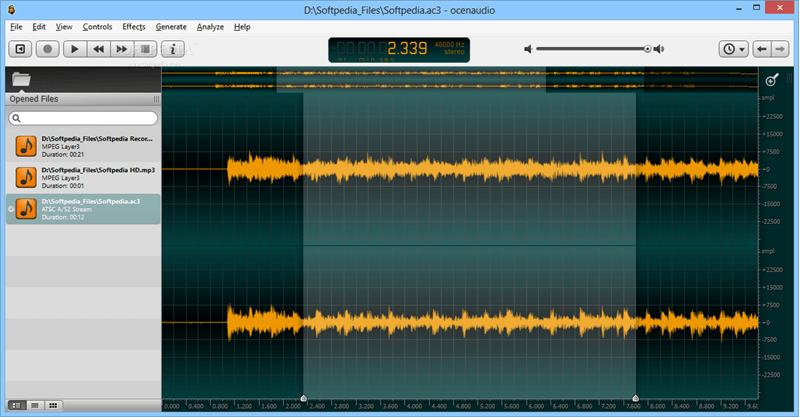


If you tracked at 24-bit/44.1kHz, just stay there! If for some reason you need to downsample, be sure to dither during conversion.

In fact, the word dither means “nervous vibration.” It comes from how it was discovered.Įngineers found that mechanical aircraft computers performed more accurately in flight than on the ground. I know what you’re thinking, “how can adding noise make my recordings sound better? Isn’t noise a bad thing?”ĭither isn’t just an audio term-and the noise it adds is really more like random variation. What is dithering?ĭither is low level noise added to your audio to reduce errors when changing bit depth. Once you know what you’re doing and why you’re doing it, you’ll never have to stress about whether to dither or not again. Y’know, topics like loudness, compression, mastering and…ĭithering can be an intimidating subject-it has a lot to do with the fundamentals of digital audio.īut applying dither correctly is incredibly simple and easy. There are a few topics out there that never fail to get engineers ranting and raving.


 0 kommentar(er)
0 kommentar(er)
